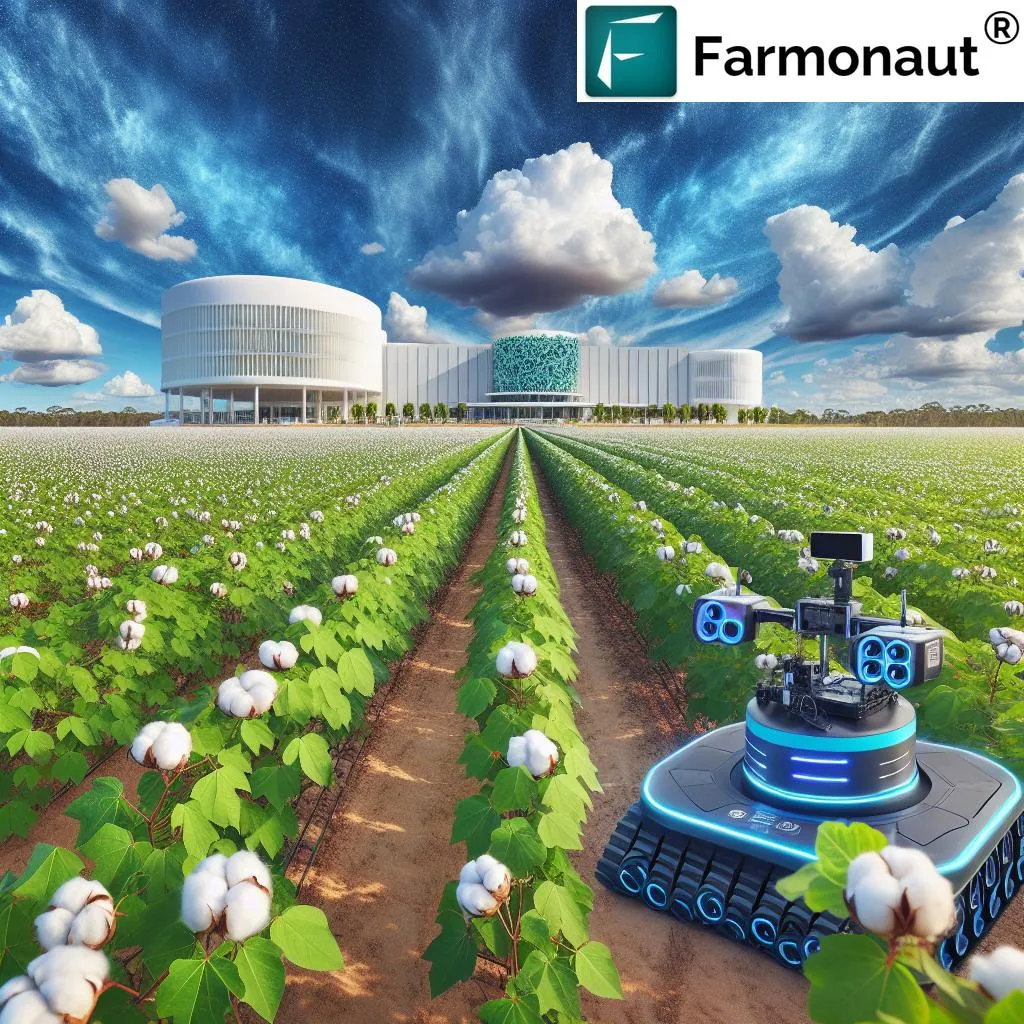In the vast, sun-scorched landscapes of Australia, a quiet revolution is brewing, one that promises to reshape the very fabric of agriculture. Artificial Intelligence (AI) and robotics are poised to transform the way we farm, but how does the public feel about this technological upheaval? A recent study published in the open-access journal “PLoS ONE” (which translates to “Public Library of Science One”) sheds light on this very question, offering a nuanced glimpse into the Australian public’s perceptions of AI and robotics in agriculture.
Led by Angie Sassano, the study delves into the social and ethical impacts of these emerging technologies, drawing from data collected in 12 dialogue groups across rural and metropolitan Australia. The findings paint a complex picture, revealing a diversity of views regarding the potential risks and benefits of AI and robotics in agriculture.
The study highlights a significant concern among the public: the notion of ‘farmerless farming.’ As one participant poignantly remarked, “You’re opening Pandora’s Box. What happens to the farmers? What happens to the communities?” This sentiment underscores a deep-seated anxiety about the potential societal impacts of these technologies, including job displacement and the erosion of rural communities.
However, the public’s perspective is not entirely bleak. Many participants acknowledged the potential benefits of AI and robotics, such as increased efficiency, precision, and sustainability. As another participant noted, “If it’s going to make farming more efficient and better for the environment, then that’s a good thing.”
The study’s findings are a valuable resource for policymakers and stakeholders, offering a roadmap for engaging with public opinion on these technologies. As Sassano notes, “Our results add depth and nuance to the existing literature on public attitudes towards agricultural robotics and AI.”
The implications of this research are far-reaching, particularly for the energy sector. As agriculture becomes more automated, the demand for energy is likely to shift, with potential impacts on energy infrastructure, policy, and markets. Moreover, the integration of AI and robotics in agriculture could pave the way for innovative energy solutions, such as precision irrigation systems that optimize water usage and reduce energy consumption.
In the words of Sassano, “This study is just the beginning. It’s a starting point for a much broader conversation about the future of farming and the role of technology in shaping that future.” As we stand on the precipice of this agricultural revolution, one thing is clear: the public’s voice must be heard, and their concerns must be addressed. After all, the future of farming is not just about technology—it’s about people.

